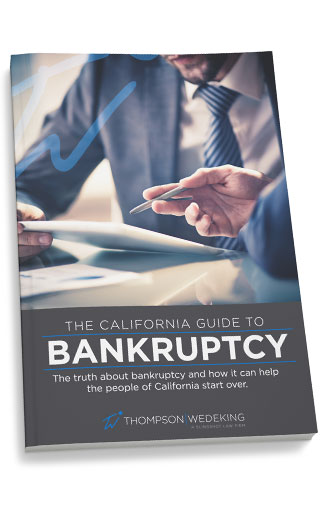No one likes having financial problems or living from paycheck to paycheck, desperately hoping that you can keep on the lights and the other utilities while still paying the rent. It’s a terrible feeling, but is one that many San Diegans have to deal with each day. Whether they aren’t making enough at their current job, or they are taking care of family members, or for any other number of reasons, it’s quite easy for personal finances to become quite dismal. Here are some tips that you can use to help get your finances in order.
Commit to Making Changes
You need to start making changes in your life, and you need to commit to them. Even little changes, such as foregoing coffee at Starbucks and eating at home instead of eating out can help. Cutting back on other things, such as cable television, could help you to save some money each month as well.
Understand Your Situation
Order a credit report to see where you stand right now. Get your financial paperwork together to see whom you owe and how much you owe, and compare that with your income. Contact those companies that you owe and see if you can work out a payment arrangement with them that fits your current finances. Try to set a small amount of money aside each month for emergencies. Even if it is just a few dollars, it can add up over time and come in handy on a rainy day.
You Can Consider Bankruptcy
While the media might paint it as a terrible choice to make, it is actually a good and viable option for many people. If you are in need of a fresh start, bankruptcy might be the best thing that you can do. Take some time to talk with an attorney in San Diego to learn more about what it entails and how it can help you.







